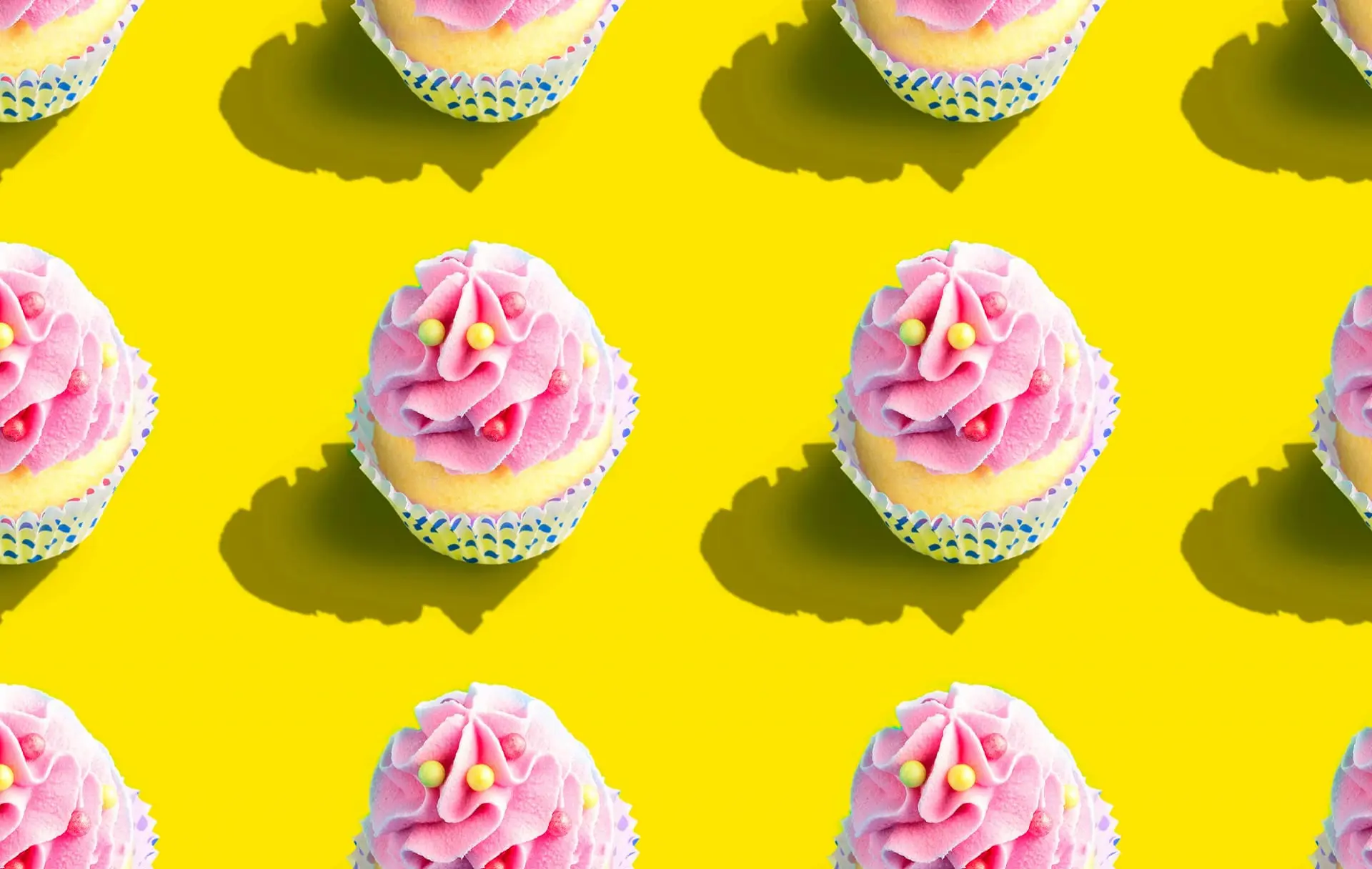At its most basic, it’s a mixture of powdered sugar and some kind of fat such as butter, egg whites, or even La Española Extra Virgin Olive Oil. When applied as decoration, it’s given food coloring from all over the color spectrum to create works of art in dessert form. Frosting, also called icing, is thought to have been around since the early 1600s, but it’s a sweet confection that has lasted in many forms since then and doesn’t seem to ever be going away. Here’s a brief history of frosting and some short instructions on how you can make your own whether you cover a cake with it, or enjoy it all on its own!
Frosting History
Have you heard of marchpane? In the 15th and 16th centuries, bakers from all over Europe, but especially England, made marchpane out of sugar, ground almonds, and water. It was a very malleable substance and, therefore, set in all kinds of shapes and patterns. It was served on top of wafers instead of cake and very thin layer of it was brushed over itself to be baked to harden. This layer was called icing and was inseparable from the marchpane itself. Marchpane was the star of the show in those days, as the wafer was there just to help hold its shape. Over time, the wafers got thicker and turned into cake. Eventually, people became more interested in the cake, and the marchpane along with the icing fell to the wayside.
In the 1600s, cake became so popular that bakers decided they wanted to serve it in multiple layers. This required an element that would help those layers stick together. So they turned back to the idea of marchpane and the icing thereon. Using a sugar-based paste, they stuck the cake layers together and then covered the outside in the same paste. This ended up also having the effect of increasing the shelf life of the cake. This was so popular that it has remained the most lasting use of frosting to this day!
Types of Frosting
This early frosting was a basic combination of sugar and powdered sugar, but once it became popular, bakers began experimenting with the ingredients. Buttercream uses powdered sugar and butter; fondant uses sugar, heated water, and gelatin; royal icing uses egg whites and sugar; and there are dozens of other ways to mix these ingredients to one’s liking.
Here we will show you a simple olive oil-based frosting recipe that goes great with olive oil cake, or carrot cake.
Ingredients:
- 1/3 cup of La Española Extra Virgin Olive Oil
- 1 cup of powdered sugar.
Method:
Just put both of these ingredients into a large mixing bowl and beat it thoroughly (this is where you may need to bring out your mixing machine with the beater attachment!) Eventually, it’ll form up into a pasty substance that’s ready to be spread. Be sure to let your cake cool before applying this frosting, though!
Mix it up a bit by experimenting with food coloring or putting it into a piping bag to apply to cupcakes! If you’re in an artistic mood, there are so many different ways to apply different colors of frosting to heighten your food and make it as good to look at as it is to taste. You might even be inclined to make a cake that employs different colored frosting to make it look exactly like something else such as a pair of shoes, or a basketball, or a child’s toy! There’s no wrong way to be creative when it comes to baking.
Are you a frosting lover? Head to our Facebook or Instagram profiles to show us your amazing creations with the hashtag #FrostingwithLaEspanola.
